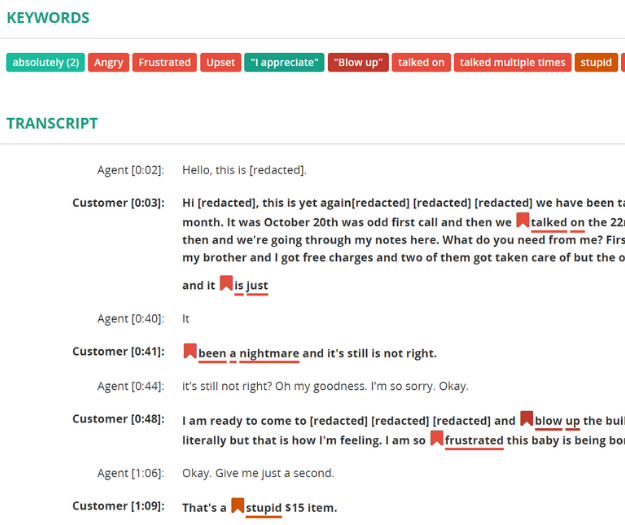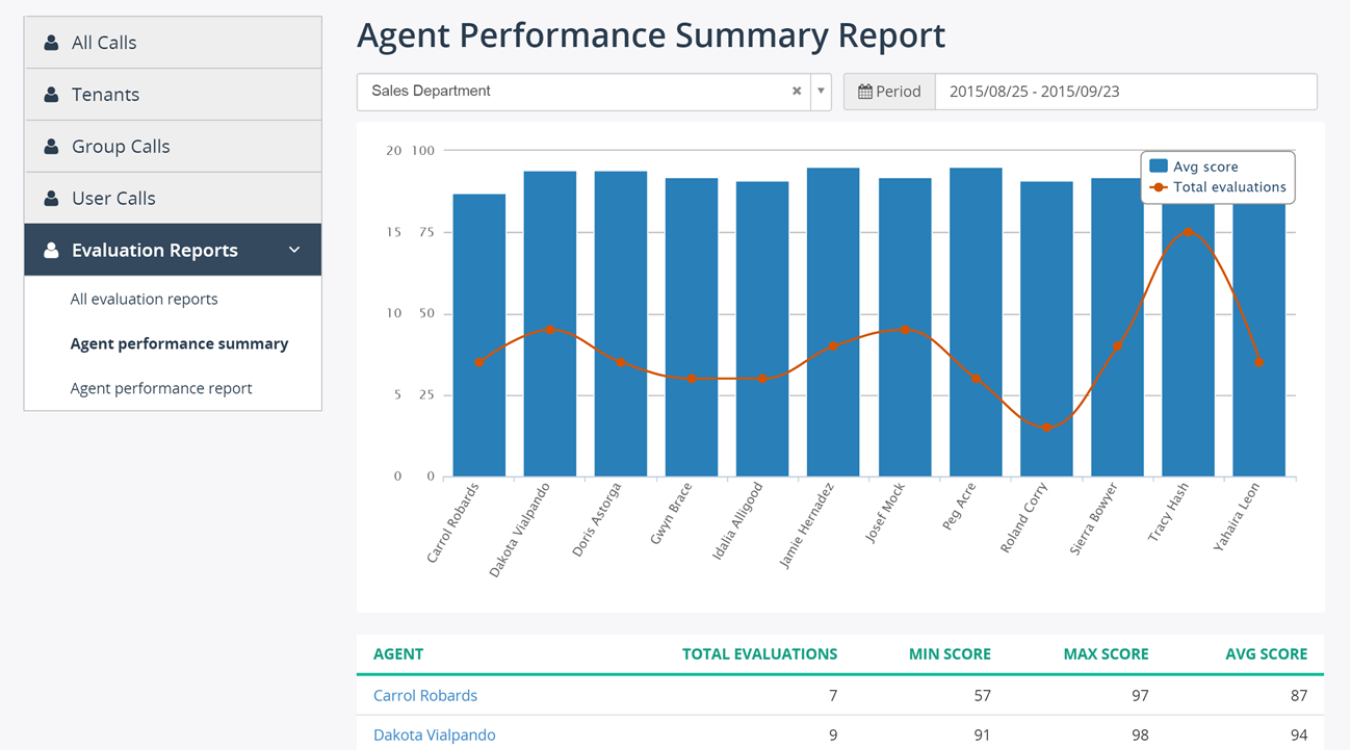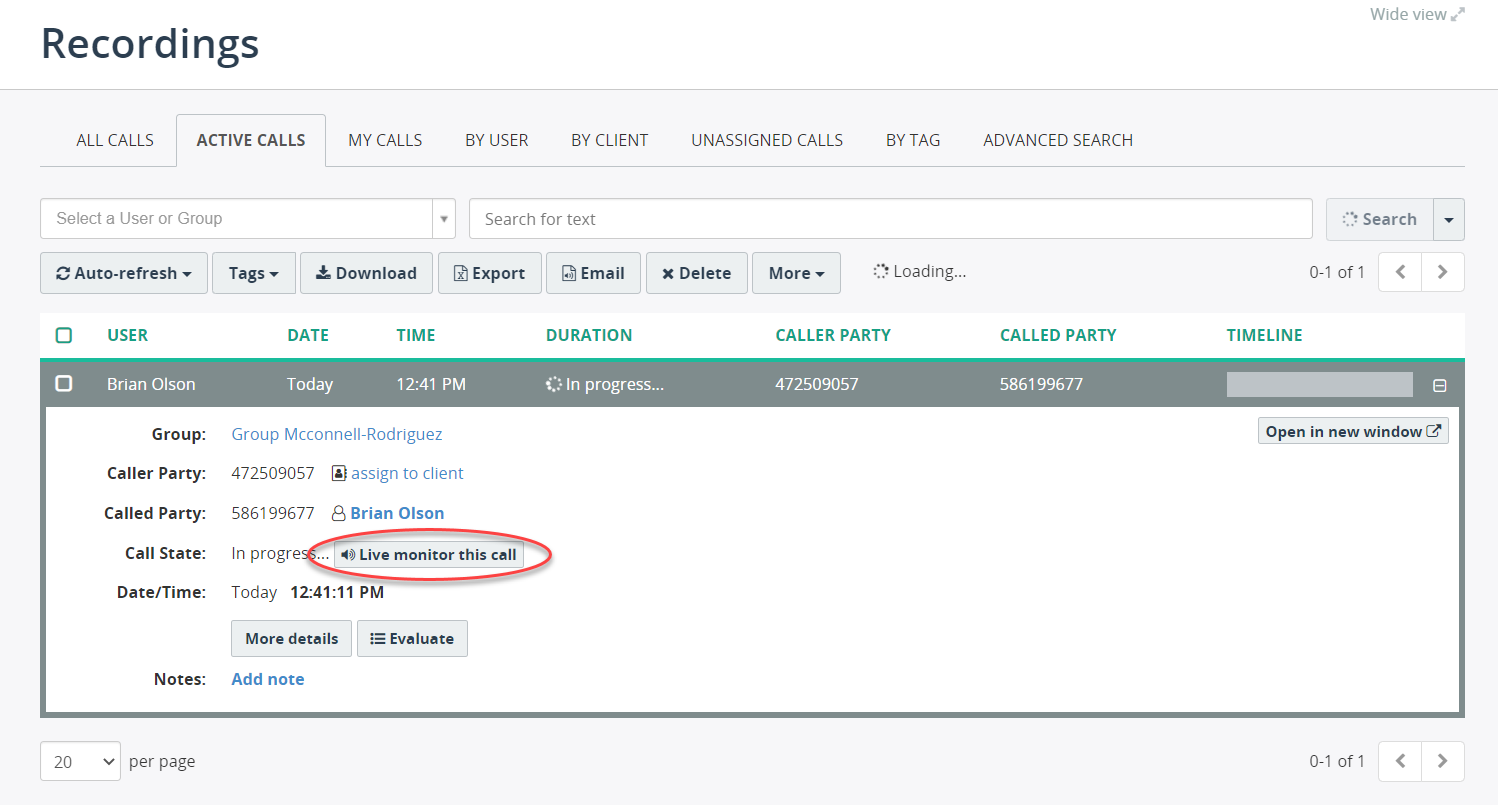6 Expert Tips On Agent Evaluation That Will Save You Lots Of Time
Every contact center manager worth their salt knows how valuable it is to consistently and frequently evaluate their agents. Properly monitoring agent performance greatly contributes to the efficiency of the agent as well as the overall team. It also identifies training opportunities and ensures greater adherence to compliance regulations as well as the predefined customer interaction process.
But doing this takes a LOT of time. In fact, it takes so much time that only about 2% of the call recordings can be monitored for quality assurance. Below, we have summarized six expert, time-saving tips gleaned from years of empowering contact centers to maximize their performance and efficiency.
1. Base Your Evaluation Score Card On Existing Processes
Most likely, you already have a well-documented customer interaction process in place that you are training new hires on and are expecting your agents to follow. This could include saying a predefined opening statement, identifying themselves by name and ID number, reacting to customer concerns in a certain way, e.g., acknowledging their problem before suggesting a solution.
So, it only makes sense to start your evaluation process by looking at your currently existing processes. This provides consistency across all agents and teams, but it also sets expectations across your workforce. This way, everyone knows what is expected of them.
2. Take Advantage Of Workflow Enhancements To Accelerate Evaluations By 40%
Evaluating calls takes up a lot of their time. To maximize productivity and efficiency, you should take advantage of any workflow enhancements you can because, while they might seem insignificant on their own, our experience shows that these suggestions below — in addition to utilizing keyword spotting, topics, and reporting — can add up to 40% time savings in total!
Visualize Audio To Identify Pauses & Periods Of Cross-Talking
This might sound like a drop in a bucket for many contact center supervisors, but being able to visually identify cross-talking and pauses at first glance immediately gives a first impression of how the call went.
Speed Up The Calls When Evaluating
In addition, by speeding up the call to 1.2x speed, you can effectively evaluate 20% more calls or free up time for other activities. While this is a fractional improvement in efficiency, it makes a big difference day-to-day.

Jump Right To Interesting Segments
If you are globally evaluating for performance (see #4), you can jump right to the section of the call you are interested in and can start playback with a click (which is easily identifiable based on the keywords highlighted in the transcript) instead of listening to the entire call from beginning to end.
3. Track & Report On Evaluation Scores Over Time, Across Agents and Teams
This might sound obvious — why bother evaluating your agents if you are not planning on tracking their performance over time? — but for many organizations, this is not easily possible.
Tracking scores of individual agents as well as across teams over certain time periods (e.g., before versus after a certain date and aggregated scores week-over-week, month-over-month) can provide you with extremely valuable clues about the effectiveness of several workflows across your customer service operation.

For example, a higher agent performance evaluation score after participating in a course could indicate successful training, while lower performance scores of one team compared to others could hint at the possibility of the supervisor needing support.
4. Choose To-Be-Evaluated Calls With Purpose With Call Topics
Traditionally, supervisors had no way of telling which calls would be representative of an agent's performance and should be evaluated. Other than call length, there simply was no other sign of how well or badly the call went.
Now, with transcriptions and AI-powered Voice Analytics, the automatically detected keywords and aggregated topics give you much better insights into what is going on in your contact center. Instead of having to pick a random call and hope for the best, you can evaluate your agents' performance globally.
For example, you see (based on the MiaRec Keyword Spotting and Topics) that your team members repeatedly say things like: "Let me ask my coworker", "I am going to place you on hold", or "Let me look that up for you". This tells you that you need to work on improving agent confidence, or that you have a high volume of return authorizations. You could identify these conversations by sweeping for keywords related to shipping, returns, and product names.
5. Combine Agent Evaluation With Live Monitoring
Why not kill two (proverbial) birds with one stone and evaluate your agent's performance while live monitoring? With MiaRec's Call Recording solution, you can simply click "Evaluate" while listening to an ongoing call in real-time in addition to evaluating an already-recorded (completed) call.

This way, you save time and can provide instant feedback which is invaluable to new hires and employees that just received training.
6. Automate Wherever Possible
Last, but certainly not least, is maybe the most important tip of all: automate your agent evaluation wherever possible to drastically reduce workload! If possible, automatically score all of your agents' calls based on predefined criteria and then dive deeper using the manual process only where needed to monitor certain behavior patterns or issues.
Conclusion
There is no question that evaluating agents is important to the success of your contact center operations, but it can also consume a lot of time and productivity.
Take advantage of any workflow enhancements and automation that your Workforce & Customer Engagement platform is offering, score calls with purpose rather than randomly to improve customer experiences in a targeted manner, and be sure to analyze and report on your evaluations.
This way, you not only boost efficiency but also create better experiences that result in customer happiness and retention.
You May Also Like
These Related Stories

How You Can Semi-Automate Your Agent Evaluation With A Custom GPT

Call Scoring in Contact Center: Manual Vs. Keyword-Based Vs. Generative AI-based [Comparison, Use Cases, Benefits]
![Call Scoring: Manual vs. Keyword-Based vs. Generative AI-based [Comparison, Use Cases, Benefits]](https://blog.miarec.com/hubfs/Portrait%20of%20smiling%20businesswoman%20with%20employees%20in%20call%20center.jpeg)

